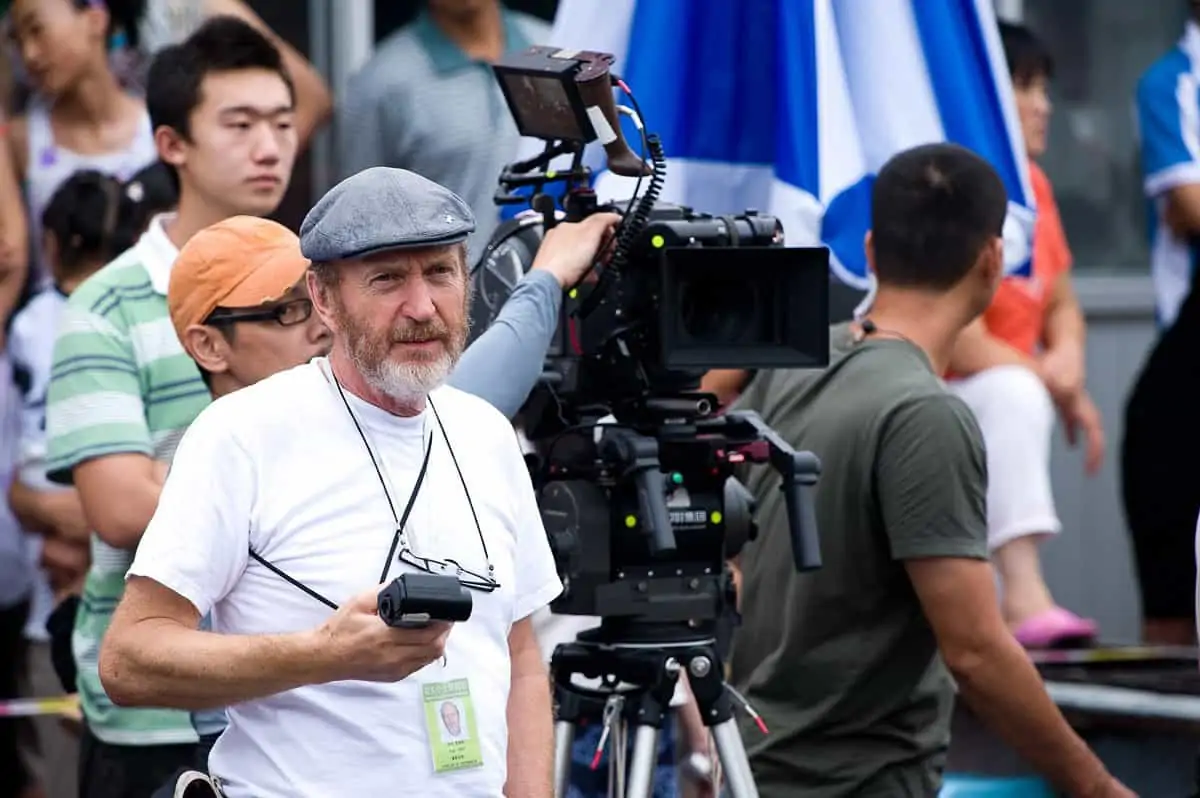Beacon of Light
He may joke that he owes his career to divine intervention, but it’s thanks to decades of his artistry and diligence that Roger Pratt BSC is to be recognised as the 2023 BSC Lifetime Achievement Award winner. His close collaborators, including friend Terry Gilliam, share their favourite memories of working with the much-admired cinematographer.
The BSC is bestowing its Lifetime Achievement Award in celebration of Roger Pratt BSC. Spanning over 35 films the DP’s work is a towering list of the epic and the intimate. A founding father of British indie film in the 1980s and equally at home on the biggest studio movies, his memorable achievements include Terry Gilliam’s Brazil (1985), Neil Jordan’s Mona Lisa (1986), Mike Leigh’s High Hopes (1988), and Tim Burton’s Batman (1989).
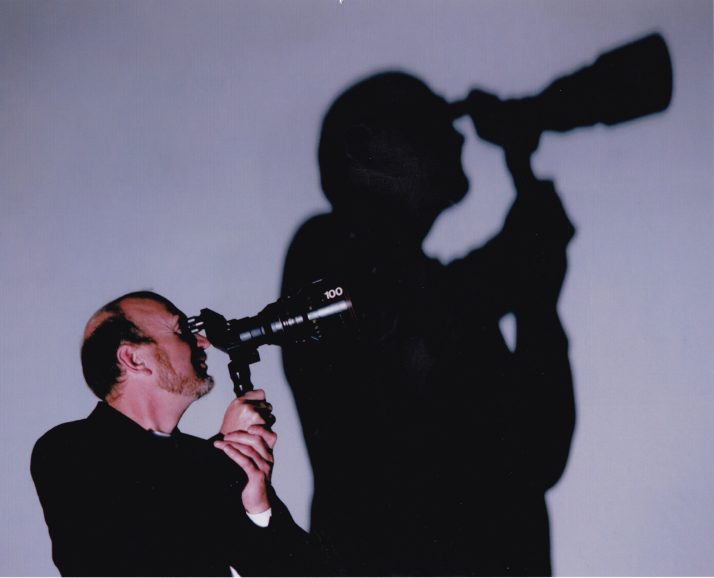
He shot four films for Lord Richard Attenborough including Shadowlands (1993), In Love and War (1996) and Grey Owl (1999), and two Harry Potters, The Chamber of Secrets (2002) and The Goblet of Fire (2005), directed by Chris Columbus and Mike Newell. Pratt also shot Richard Eyre’s Iris (2001)and Wolfgang Petersen’s Troy (2004). He earned two BAFTA nominations, for Lasse Hallström’s Chocolat (2000) and Jordan’s The End of the Affair (1999), for which he was also Academy Award nominated.
“I love working and talking with him,” Gilliam tells British Cinematographer. “It has taken too long for directors of photography to recognise Roger in this way.”
Born in 1947 in Leicester, the son of a parish vicar, it seems that movies became a religion for the teenage Pratt after viewing 16mm ‘fact and faith’ films in his father’s church.
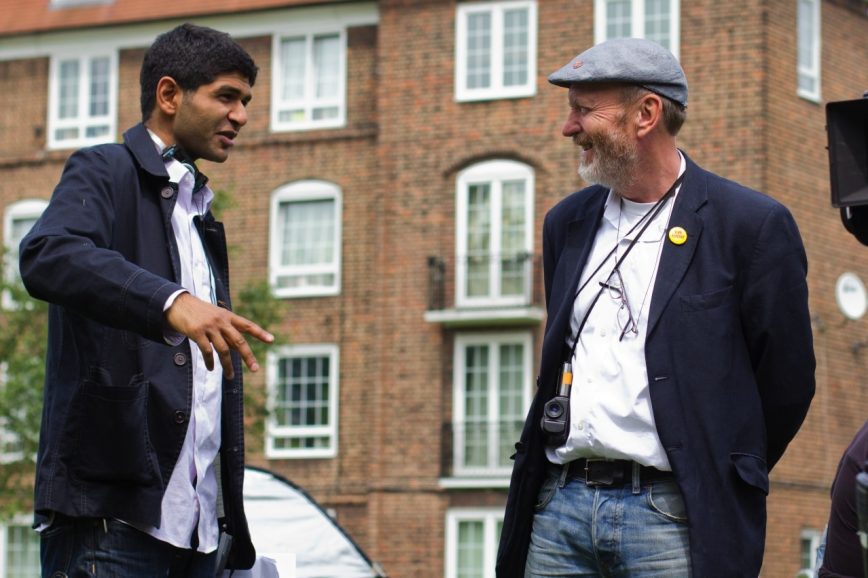
Roger wrote: “I was mesmerised by the annual showing of religious films in the church, at times like Christmas and especially Lent. A box full of rolls of film, projectors, screens, loudspeakers. The lights go out, the whirring of mechanics…then real people talking, moving, laughing, and dying (I mention dying because they were about Christ and his crucifixion).
“Dad always said that from that moment he understood something of the potential of film,” says May Phillips, Pratt’s daughter. “He said he was fascinated by celluloid – seeing people come to life.”
At Loughborough Grammar School he made the 8mm B&W short Green and Dying about the school’s students and teachers, single-handedly shooting, and cutting the film which was favourably reviewed in the school’s magazine, The Loughburian.
After a gap year with the VSO in Mali, he went to Durham University then headed back south to study at the London Film School on a grant from Leicester City Council. Working days at Humphries Film Laboratories (and nightshifts in a garage) to earn his union card, Pratt eventually found himself at Chippenham Films, an outfit producing corporate videos for members of the Monty Python troupe.

Python partnership
It was as clapper loader on Monty Python and the Holy Grail in 1975 where he first met Gilliam, who co-directed with Terry Jones.
“We were filming the Bridge of Death sequence (in Glen Coe, Perthshire) and needed a dramatic shot looking up at the bridge with the mountains in the distance,” Gilliam recalls. “I stuck the camera on the edge of the cliff, but the lens wasn’t wide enough. We were a long way from the road, the light was going. It was terrible. This guy said, ‘Just give me a moment’ and in a few minutes, while we were still faffing around, he had run all the way down the mountain, forded the river, run up the other side, into the camera truck, grabbed the right lens and here it was. We stuck it on the camera and got the shot. That was the moment I fell in love with Roger.
“I was convinced that I wanted people like Roger around because I was still learning how to make films and I needed people with some experience. He was also a magnet for good people.”

Having cameoed as the clapper loader toward the end of Grail, Pratt was also cast by Gilliam as ‘Man Living in a Barrel’ while focus pulling for Terry Bedford on comic fantasy Jabberwocky (1977).
It was another step along the traditional route to cinematographer before Pratt lensed Roger Christian’s The Sender (1982) following shooting two shorts with Christian, Black Angel – which now has a cult following – and the Oscar-winning Dollar Bottom.
“I was pushing him to be a full-time cinematographer, but he was hesitant to move forward too quickly,” Gilliam says. “He was not concerned with advancing his career so much as about learning the craft and feeling very comfortable in himself. I totally respected that. Too many people jump before they can fly.”
Pratt, when asked what advice he would give budding cinematographers (in an interview for the film Jadoo) said that he “would recommend going up through the ranks… It gives you are human appreciation for the rest of the crew”.

Gilliam invited Pratt to photograph the short The Crimson Permanent Assurance, intended to form part of Python’s sketch feature The Meaning of Life (1983).
“When we edited the whole thing, it was clear that Crimson had a very different rhythm to the rest of the film,” he explains. “The others wanted it to be cut shorter – it was like dealing with a studio! I said ‘No’ so we pulled it out and ran it as a short preceding the main feature.”
Pratt’s career now took off. Having assisted on Mike Leigh’s debut feature Bleak Moments while at film school, the director called on him to lens Meantime (1983), a drama produced for Channel 4, and then High Hopes, a drama of a working-class family living in Kings Cross.
“Roger is dry, funny, intelligent…and not your average…cinematographer,” Leigh says in a My Life Films production of Pratt’s life. “Meantime was a tough shoot on a tiny budget but there was a great rapport between us and really where my memory and relationship with Roger began.”
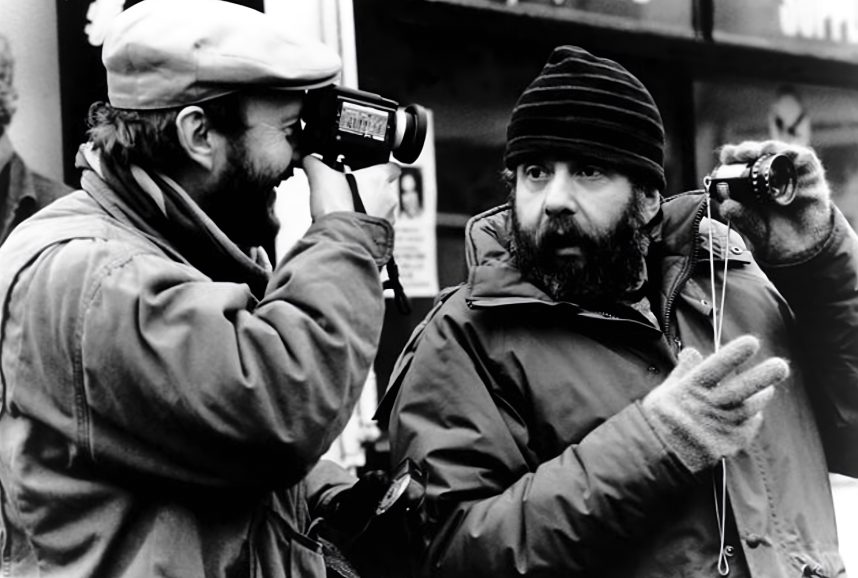
Problem solving
Bigger gigs followed, notably with Gilliam on cult classic Brazil; The Fisher King (1991) and 12 Monkeys (1995).
“The thing about Roger is that we didn’t spend a lot of time talking on set about the process. We’d meet at our houses, as we did before 12 Monkeys, and on location to talk our way through mood and time or shadow often so I had more flexibility about where to place actors in the shot.
“Filmmaking is about problem solving and he was always ahead of the problems before they raised their ugly head. It meant I could concentrate on whatever else I needed to concentrate on. Roger’s efficiency made that possible.”
Gilliam adds, “For Brazil, I very much wanted to do a German expressionist film and Roger helped me decide on angles, including Dutch angles, and colour. He introduced me to warm and cold light and mixing them in the same shot which is not something a lot of people did.”

This was used to great effect in 12 Monkeys as a palette to distinguish characters imprisoned underground with the twilight zone of scenes above ground. For the haunting dreams of main character Cole, Pratt worked with the interpositive and internegatives to almost destroy the image for the parts of the sequence.
“We printed very light and made an interpositive and internegative which we then overexposed even more,” Pratt told American Cinematographer at the time. “When Cole finally gets to the airport at the end of the film, the look goes back to being high key, with all of the detail put back in.”
To light the vast expanse of Grand Central Station for a set piece in The Fisher King, Pratt came up with the idea of hanging a mirrorball above the central concourse.
“Suddenly the scene is lit like a disco, and I’ve got a thousand people waltzing and the lights are spinning everywhere,” Gilliam marvels. “It was utterly magical.”
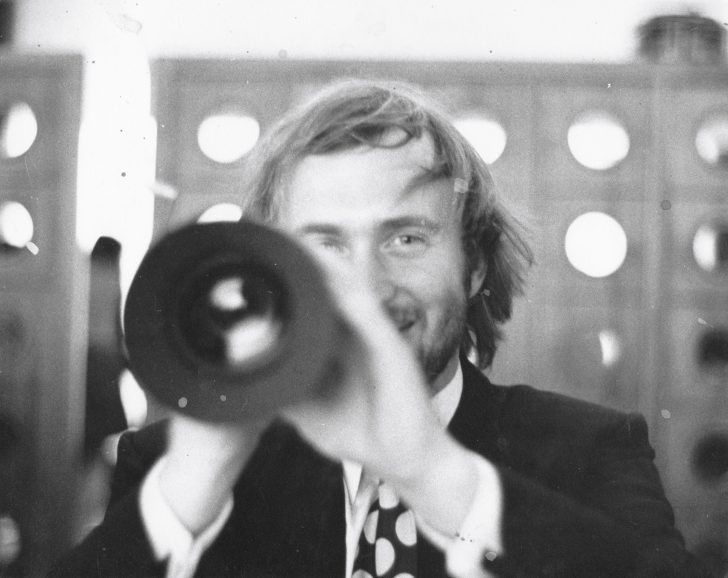
Gilliam further credits the DP for introducing him to ultra-wide lenses, which are the signature look of a Gilliam film. “That is what happened on Grail,” he says. “Not only had Roger run through a river but he delivered this 14mm wide angle which I thought was a great approach to portraying characters in an environment and in a space, not just in a closeup.”
He elaborates, “What I like about ultra-wides is that they are claustrophobic and agoraphobic at the same time. I like the way a wide lens bends architecture and forces perspectives so the scale of things is altered. Also, the whole scenario is around you when you look through the camera.
“Of course, this makes lighting much more complicated. There’s no place to hide a light. With a long lens you can put a light everywhere and focus on the area you are dealing with. With other DPs it was always a trickier process but Roger made it seem so easy.”
All the while, Gilliam and Pratt developed a friendship, playing racquetball among other spare time pursuits.
“I don’t tend to have cherished moments – I usually only remember the disasters,” Gilliam says, “but with Roger I remember a lot of good things. He is very much a close friend.”
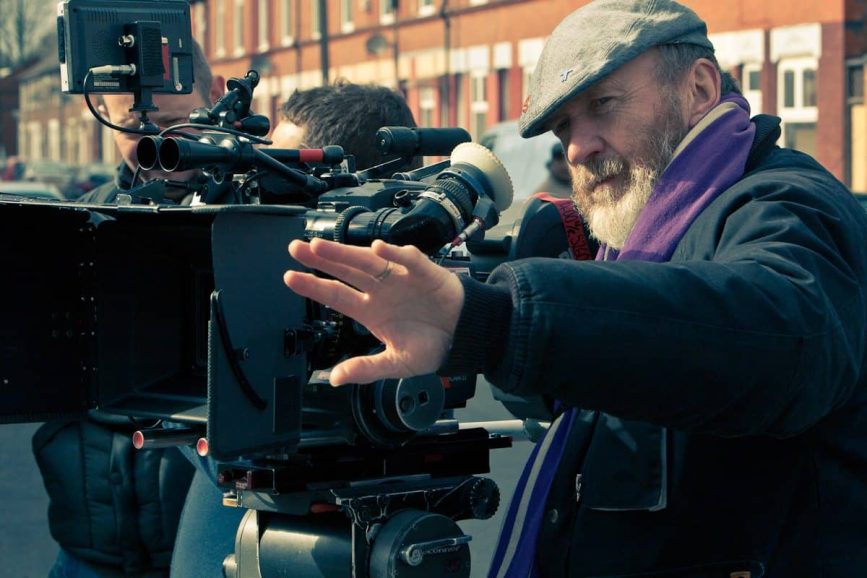
Industry icon
Oliver Stapleton BSC recalls a problem lighting beer. He had just graduated from film school in 1980 and was a trainee in Neal’s Yard, Covent Garden, opposite the Python offices. He recalls being offered a beer commercial to shoot but had no clue how to light it.
“None. I was there in the office one morning and thought, I bet Roger Pratt knows. I didn’t know him, but he had a reputation as somebody who knew what he was doing because he’d gone the traditional route of learning on the job. I walked over the road, introduced myself and told him my problem. He then spent a good hour showing me lots of tricks such as how to put a soft light to project into the beer to get the colour just right. The next day I went off to shoot the commercial and did exactly what he told me.
“It was so amazing and generous of him to help me – a nobody – to survive another day in the film industry.”
Four years later and Stapleton is shooting Absolute Beginners at Shepperton while on the next stage, Pratt was filming Mona Lisa. “I never forgot how generous he was to me. We were competitors, I guess, but I was never aware of anything other than respect.”

Sir Roger Deakins CBE BSC ASC reflects on Pratt’s career. “In 1984, Roger Pratt began shooting a film with the initial title of 1984 1/2 as I was finishing up working with Michael Radford on his version of 1984,” he says. “I have been a great admirer of Roger’s work since seeing the amazing results of his collaboration with Terry Gilliam on this film – a combination of Orwell and Fellini’s 8½ – which was released in 1985 as Brazil.”
“I’m delighted that Roger Pratt is to be honoured with the BSC lifetime achievement award this year,” adds Billy Williams OBE BSC. “In focusing on the drama and the storyline [he] has created the visuals for a variety of so many memorable films. I send him my congratulations and warmest good wishes.”
Praise for Pratt also comes from outside of the cinematography sphere. After collaborating with Pratt on 1994’s Mary Shelley’s Frankenstein, Kenneth Branagh said: “One of the few authenticated 100% top-to-toe geniuses in his field I have met. I couldn’t have done it without you. Love and admiration.”
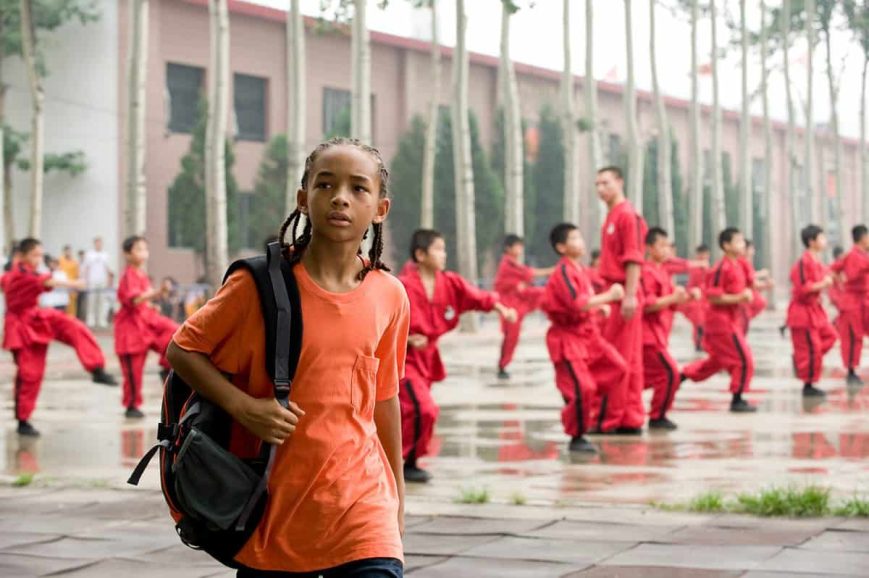
Julianne Moore wrote: “I just wanted to tell you how wonderful your work is in End of the Affair. The lighting is so textured and emotional, and honestly, I have never looked better in my life!… I wish I could make all my movies with you!”
Similarly, after making In Love and War, the late Lord Attenborough also wrote: “Dear, dear Roger. You are simply the best. I would never wish to make a movie without you.” And he didn’t…
“Roger is one of the creative forces behind not only ‘80s cinema but going on through the ‘90s and up until today,” notes producer Stephen Woolley, talking to BAFTA in 2019. “Roger personified the often-clichéd term ‘painting with light’, and as a producer I feel privileged to work with him.”
In an inscription in a book given to Pratt after making The Fisher King, the late Robin Williams writes: ‘Roger, if you have the smoke, I’ve got the lines. Thank you again, you are incredible.’

starring Robin Williams (back, far left) and Jeff Bridges (back, far right)
Wonderful union
Chuck Finch gaffered for Pratt on 17 movies, including Shadowlands, Inkheart, and The End of the Affair. They met on Brazil, where Finch was Best Boy.
“He is a brilliant cinematographer with a wonderful eye who made lighting look easy,” Finch says. “He gave me some great tips. He’d say, ‘If you can’t paint with light, light with paint.’ In other words, if you want to put a shadow on a wall and you can’t get a flag, then paint the background dark.”
It’s the type of trick that evolved out of German expressionism and was picked up by cinematographers working on American thrillers in the 1940s where it became part of classic noir. In fact, Pratt’s affinity with film noir lighting is picked up time and time again in reviews for his work in films from Mona Lisa to Harry Potter.

The first time Finch heard Pratt use the expression was prepping the bell tower sequences in Batman and lighting Gotham City on the vast Pinewood backlot. Pratt had hired Finch for this, his first gaffer job.
“He never struggled to convey what he wanted because lighting for him was all about tonal separation,” Finch says. “Once you understand that, lighting is easy. But Roger was meticulous.”
Prepping 12 Monkeys in Philadelphia, Finch spent a day with the DP breaking down the light required for each set.
“It was a great learning curve that I continue to carry with me 50 years later. He was my mentor.” On location in Malta for Troy, the pair dined out every night, even staying in the same hotel, so close as friends had they become. “We used to arrange to meet of an evening and we’d chat about film and life, sport, family. About everything and nothing. We were like a married couple really.”

For Pratt, the art of cinematography is as much about the practical as the artistic. “People do have the most flowery language to talk about cinematography, the art of it,” he told The New Yorker.
“For me, there are many problems on a film that have nothing to do with theories of colour or highfalutin aesthetics. Because my job is concerned with big lumps of lights and metal cameras and laboratories, it’s something that makes half of me very pragmatic. I look at myself as a technician… Photography relies on science… Photographs, they’re really just chemicals in labs, aren’t they? Lights on paper. Images in silver halide. But they turn into live things.”
—
In 2010 Pratt was diagnosed with young onset familial Alzheimer’s disease, a very rare genetic form of Alzheimer’s disease that causes dementia in people at a much younger age than normal – as early as in their 30s.


